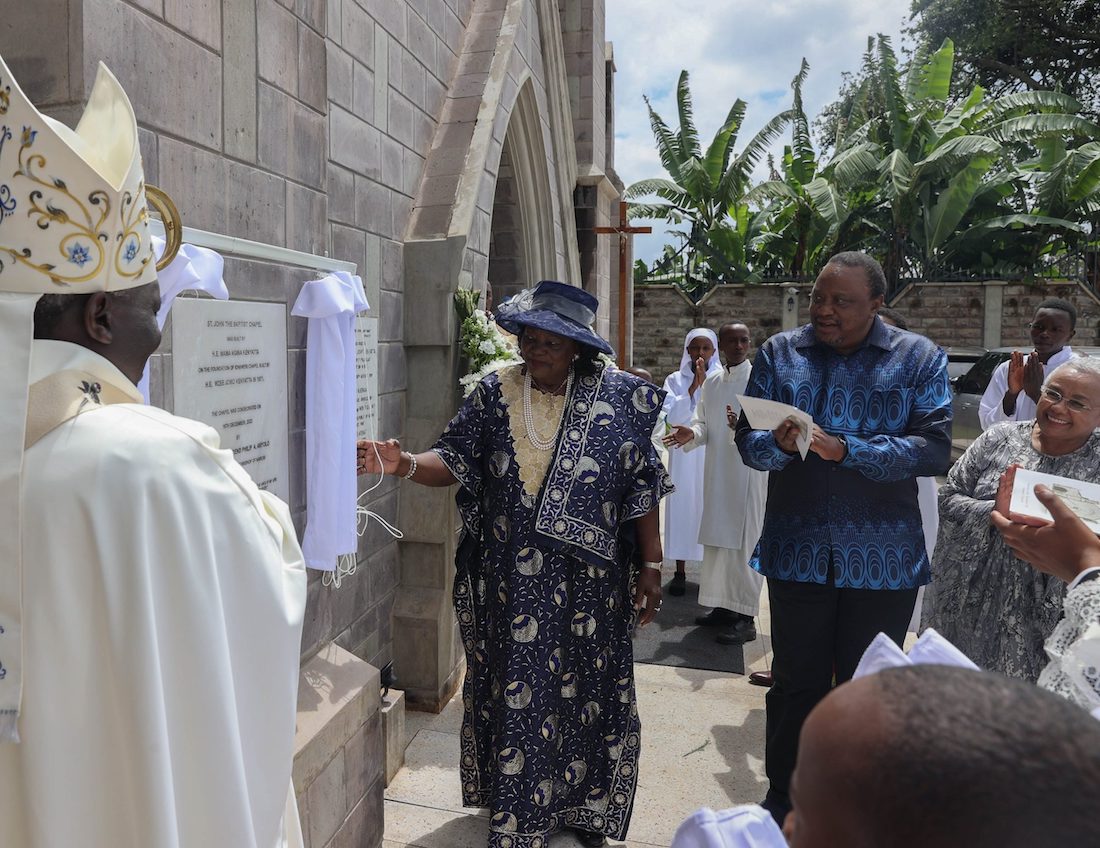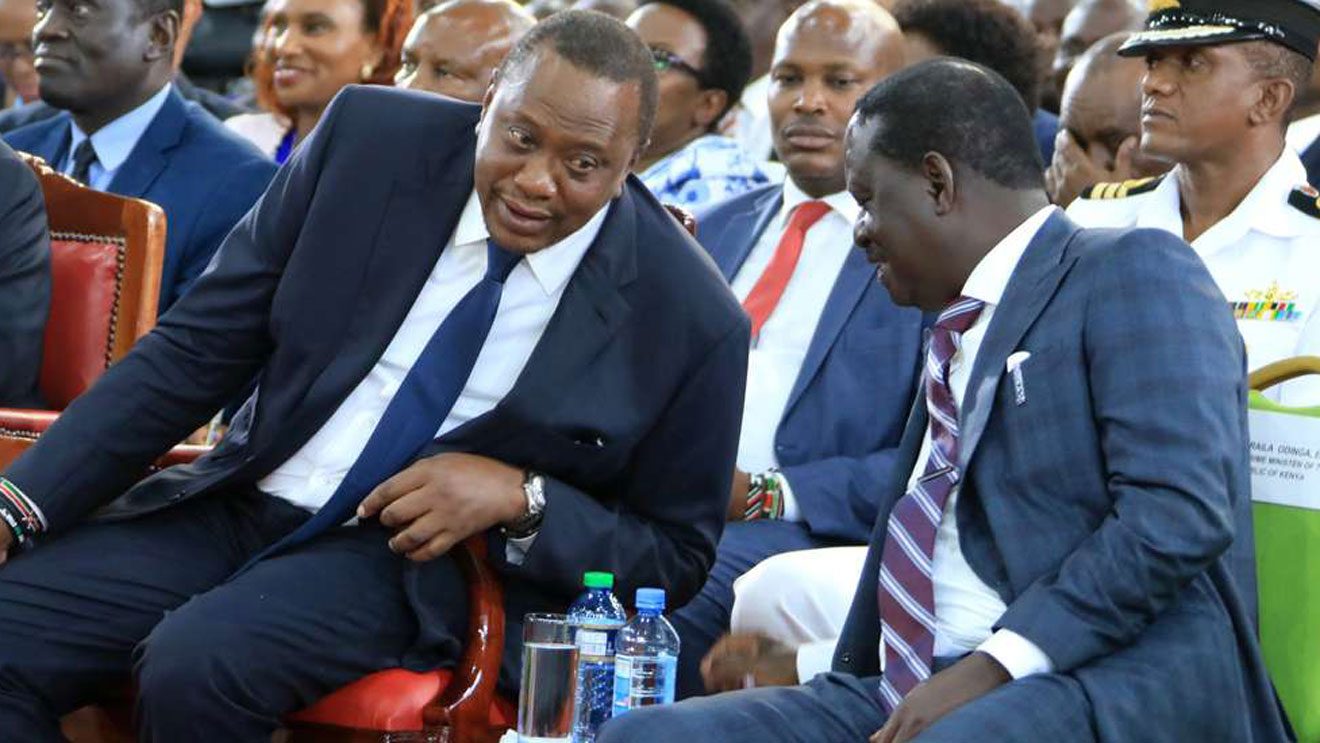The family of former President Uhuru Kenyatta has been in the headlines this week following the controversial invasion of their Northlands farm in Ruiru, Kiambu county by hordes of young men during anti-government protests on Monday, March 26.
Police failed to respond to calls from the farm until a day later. The youth made away with sheep and goats, and felled trees. The farm forms part of the 11,000 acre parcel on which the Kenyattas plan on building one of Kenya’s largest cities, known as Northlands.
A 2015 environmental assessment shed light into the plan for a mega-city in the vein of other similar projects such as Tatu city in Kiambu and Konza city in Machakos.
Northlands City is envisioned to become home to around 250,00 people. The mixed use development is expected to include residential areas, recreation and shopping centres and amenities including schools, hospitals and financial institutions.
At the time of the application, the family was looking to set up underlying infrastructure to support the city, such as water and sewerage systems.
In 2019, it emerged that a taxpayer-funded road redesign had been greenlit due to projections on the impact of the Northlands City project on congestion. According to a report commissioned by the Kenya Urban Roads Authority (KURA), Northlands would add around 27,000 vehicles daily to the Thika superhighway and 30,000 to the Eastern Bypass.
READ>4 New Goodies for Startups, Investors – Ruto Unveils
The multi-billion shilling plan involves redesigning the interchange where it intersects with the Eastern and Northern bypasses, and dialling of the Northern bypass.
The parcel on which Northlands sits is currently occupied by dairy processor Brookside – the market-leading firm majority owned by the Kenyattas.
3,570 acres have been allocated for residential housing— broken down into low density residential (3,134 acres), high density residential (306 acres) and medium density residential (130 acres). The housing plan is specifically designed to prevent the cropping up of slums in the area, as has been witnessed in other Kenyan cities, by including provisions for residents with varying income levels.
The medium residential area is slated to have 670 town houses and 368 housing units in flats while the low density area is expected to include 601 villas and 1,320 townhouses.
The high-density residential area will feature blocks of flats with 6,980 housing units and 3,100 townhouses. 390 acres were allocated for a business district, including 33 acres for a mall/hotel and two acres for a clubhouse.
NEXT READ>NCBA: Kenyattas Get Ksh835M Dividend as Profits Hit Ksh13B









![Former President Uhuru Kenyatta's family controls a 13.2% stake in NCBA - Kenya's third-largest bank by asset value. [Photo/ RAG]](https://businesstoday.co.ke/wp-content/uploads/2023/04/unnamed-6.png)
![Former President Uhuru Kenyatta. [Photo/ PSCU]](https://businesstoday.co.ke/wp-content/uploads/2023/03/g-1-e1680100544776.jpg)

Leave a comment